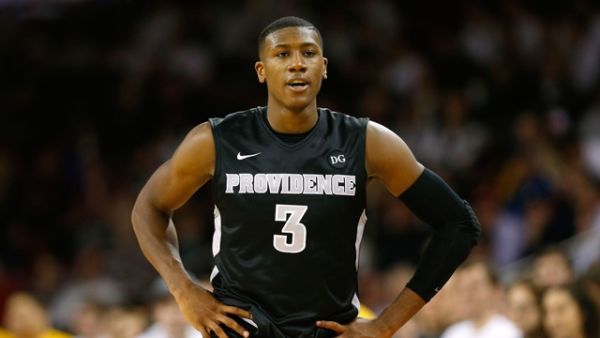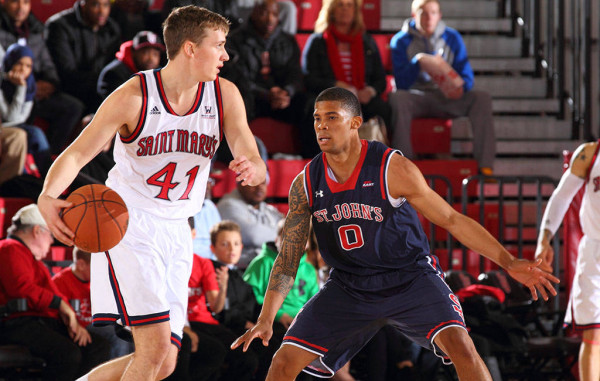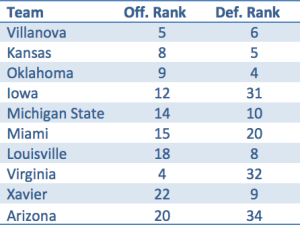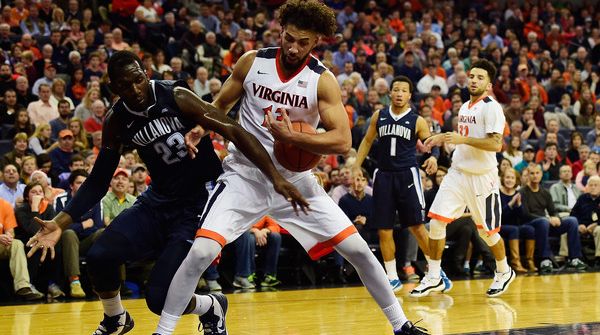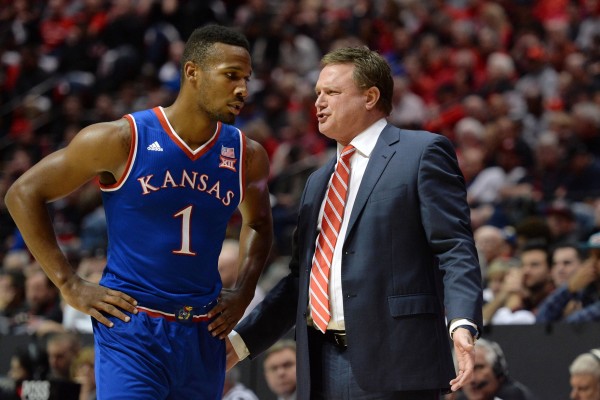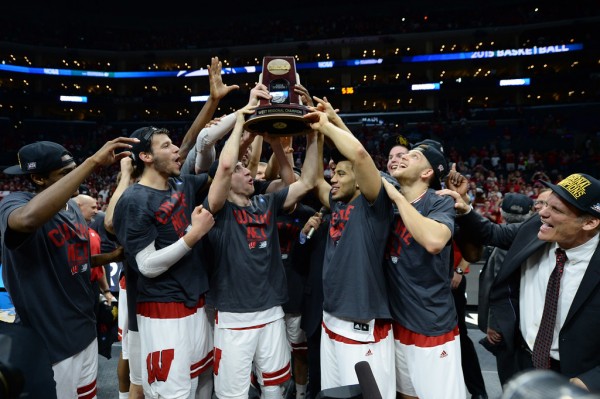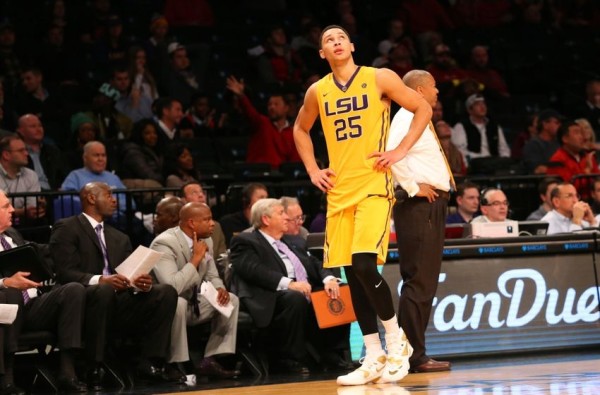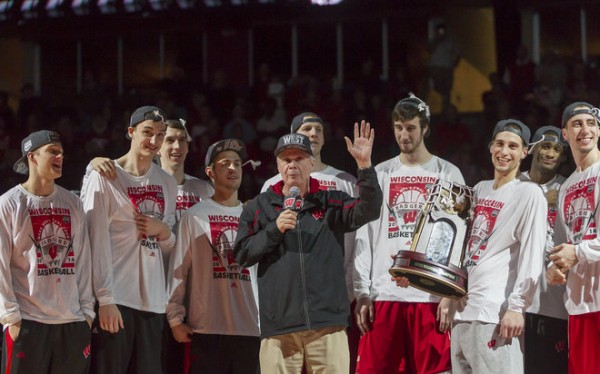Preseason Rankings May Reveal Final Four Destiny
Posted by William Ezekowitz on February 12th, 2016With March right around the corner, teams that rank highly in the Top 25 are daring to dream of a magical run to the Final Four in Houston. Because the NCAA Tournament is so matchup-based, it makes sense that most observers can’t realistically pick their favorites until Selection Sunday. But what if there were data that allowed us to eliminate a few upstarts before we even saw the brackets? Well, there are ways to do that. One oddity of college basketball is how important and even predictive the preseason rankings are. Nate Silver uses them as one of the tools in his formula for picking winners, a fact that should nearly legitimize them by itself. But the argument behind it makes sense: Preseason rankings are a good way of measuring the overall roster talent of a team (because what else are we going to rank teams on before we see them play?), so teams that were ranked in the preseason Top 25 should generally be accepted as talented teams. But how predictive are they when it comes to the Final Four?
Using data stretching back to the 2003 Final Four, we looked at the average Preseason and Pre-Tournament rankings of every Final Four team. For the purposes of getting an actual number for an average, we changed “not ranked” to “35,” which was somewhat arbitrary but seemed about right given that several teams just missed out in the “also receiving votes” category, while others came totally out of nowhere (Note: if we had used a higher number, the averages and standard deviations would have both been slightly higher, but not much would have otherwise changed). Here are the results:

![]()
Shockingly, preseason rankings appear to be just as predictive of which teams will make the Final Four as pre-Tournament rankings. This makes us wonder why we even bother with that pesky regular season! But are preseason rankings truly destiny? Iowa, Xavier, Oregon and West Virginia all figure to be in and around the top 10 for the rest of the season, but none of that group were in the Top 25 when the season started. Could teams like these make the Final Four? The short answer, according to historical trends, is probably not. Since 2002, only four teams have ever made the Final Four after being unranked in the preseason but ranked after the regular season (this distinction is important, as it eliminates such Cinderellas like George Mason and VCU), and only one team has done it since 2006. In fact, since the 2012 NCAA Tournament, there have been just seven teams to achieve the rare feat of being unranked in the preseason but in the top 10 at Tournament time — interestingly, none of those teams has made it past the Sweet Sixteen.





























